#AutomotiveTech
Driving Dystopia: Tesla Activates Driver Monitoring Protocols
There’s a small camera just above the rear-view mirrors installed in newer Tesla models. If you haven’t noticed it before, it wasn’t of any particular relevance. But it certainly is now.
Tesla has decided to activate driver monitoring protocols in an effort to avoid liabilities whenever Autopilot fails and motorists unexpectedly find themselves merging off a bridge. After rummaging through the wreckage and collecting errant body parts, investigators can use the vehicle’s camera data to see what was happening moments before the car hurled itself into the ravine. If it turns out that the driver was totally alert and did their utmost to wrangle the vehicle as it went haywire, a colossal payout for the surviving family is assured. But if that camera catches them slipping for a microsecond, the manufacturer has all it needs to shift the blame onto the deceased driver.
Auto Lobby Now Recommends Driver Monitoring Cameras
On Tuesday, the largest automotive lobbying group released a handful of safety guidelines related to driver monitoring for vehicles equipped with driver-assistance features. It’s pageantry designed to convince you and the rest of the world to embrace technologies that have already led to unsettling privacy violations. The Alliance for Automotive Innovation making recommendations for the industry is farcical because the AAI already represents just about every major player on the field, suppliers included. The only real outsider is Tesla, which the organization decided would make an excellent scapegoat for the broader tech agenda.
But there’s still merit to the discussion, especially if the only proposed solution is to let the industry watch us inside our cars 24/7.
Video: Tesla Slams Into Overturned Truck in Probable Autopilot Failure
A Tesla Model 3 became one with an overturned box truck in Taiwan on Monday, raising another red flag for advanced driver-assist features. Since we routinely crap upon driving aids — which never seem to work when and how you need them — we’ll keep this one under 650 words. Fortunately, our task has been made easier by preliminary reports lacking much information and a sizable language barrier.
The incident took place on Taiwan’s National Highway 1 near the Zhongshan High Chiayi Water Section, with the car allegedly operating in Autopilot mode. Video footage shows the Model 3 keeping to the leftmost lane with ample time to stop for the overturned delivery vehicle. There’s even a person standing in the road (likely the truck’s driver), flagging cars to warn them of the giant obstacle. The Tesla, however, failed to notice any of that until it was too late and ended up going through the trailer’s roof.
Selling Silence: Hyundai Developing Advanced Noise Cancellation System
Noise-canceling technologies have become a handy little tool wedged inside the belt of many automakers. Aimed at reducing unpleasant road noise, most systems invert incoming sound waves to produce an exact negative of the ambient sound you don’t want to hear. They work best when you don’t notice them, which is pretty much always, but Hyundai Group claims there’s more work to be done before the tech is perfect.
As a result, the Korean manufacturer has developed an upgraded version of its current active noise control setup (ANC), one it calls “the world’s first Road Noise Active Noise Control.” Rather than simply piping in sounds designed to offset road noise, the new system (referred to as “RANC” by the automaker) also analyses in-cabin sound to make adjustments to help nullify unpalatable engine and road drone.
Toyota Thinks Connected Wiper Data Can Improve Weather Forecasts
Toyota and Japanese weather information provider Weathernews Inc. have been running tests aimed at improving the accuracy of rain forecasts by using driving data from connected cars — or, more specifically, their windshield wipers. Based on the assumption that wiper operations correspond with the presence of precipitation, matching the severity to speed settings, the pair feel they can leverage customer information to close info gaps created by low-altitude rain clouds that are difficult to track.
With an official announcement issued earlier this month, both companies are framing this as an effective way to bolster roadway safety and offer new services to its customers. But it also raises the usual round of privacy concerns re: connected vehicles, while potentially offering some interesting and useful features — like localized flood warnings and other traffic advisories.
Ford's Adding Over-the-air Updates, Bigger Screens, More Connectivity
The days of owning an automobile that’s not perpetually connected to various digital networks are quickly coming to a close. On Wednesday, Ford announced most of its redesigned vehicles in the U.S. with have over-the-air update capability after 2020. The automaker is framing this as a way to “repair” your vehicle at home and offer new features after a model has already been purchased.
“Nobody wants to feel like they’re missing out on great features right after spending their hard-earned money on a new vehicle — that’s where our over-the-air updates can help,” said Don Butler, executive director of Ford’s connected services. “We can now help improve your vehicle’s capability, quality and overall driving experience while you’re sleeping.”
While the prospects of giving auto manufacturers remote access to your car are vast, it’s also a double-edged sword. Over-the-air updates would undoubtedly save you a trip to the service center in the event of a code-based recall but it also opens vehicle’s up to privacy concerns and gives automakers new avenues for business.
Land Rover Developing Remote Driving for Defender
Jaguar Land Rover is reportedly working a system for the new Defender that would allow for low-speed maneuvers with all occupants outside the car. While it sounds like a good way to guarantee the safety of friends and family when traversing a cliff face that might be a bit too narrow, recent hiccups with Tesla’s new summoning tech has proven it’s best to exercise caution.
Fortunately, Land Rover says it wants to utilize the Defender’s 3-D Scout system to map the area surrounding the vehicle and allow drivers to control the Defender remotely from the outside in off-road environments (minimizing collision risks). This will likely require the addition of some level of vehicular autonomy, as JLR stipulates drivers will be controlling the model via the automaker’s wearable “Activity Key.” Present incarnations of the device are basically proximity sensors without the necessary controls to accomplish any meaningful level of remote control.
Listen Up: Amazon Putting Alexa Into More Automobiles
Amazon is striving to put Alexa, the home assistant/listening device, into more automobiles in the coming years. As a result, the company is working feverishly to enhance her vehicular-related capabilities — including wriggling her way into the embedded software systems of new cars.
On the surface, it sounds great. Networking your car with your smart home device opens up a bevy of new conveniences and Alexa should also help your car get better at understanding everyday voice commands. In the future, you’ll be able to order groceries, check the stock market, call the office, and adjust the thermostat of your house and car without ever having to take your hands off the steering wheel. But this also opens up a bevy of concerns, now that we know Amazon’s employees listen to and record pretty much everything you say to the device — sometimes doing the same for background conversations that were never intended for Alexa’s ears.
Inside Out: ZF Tests External Side Airbag System
There was a time when the only thing cushioning your head from a direct impact with the steering wheel in the event of a crash was the skin it was wrapped in. Since then, airbags have proliferated, breeding inside millions of cars to a point where they now explode down from the headliner.
Considering automotive safety pretty much only moves in one direction, this was bound to happen. There may come a day when airbags are no longer limited to the interior of cars.
ZF Group, best known for its transmissions, is currently testing a “pre-crash external side airbag system” that it considers to be the world’s first. Having debuted a prototype in 2016, ZF is now conducting live demonstrations where an inflatable barrier bursts forth from the rocker panel to provide additional cushioning for side impacts.
Toyota Developing 'Virtual Sunroof' For Future Models?
Do you ever get the sense that much of today’s automotive technology whittles away the more natural aspects of driving? We’ve endured numb electronic steering, advanced driving aids, absent volume knobs, overly complex infotainment systems, and faux engine sounds for a few years now. To be honest, it’s been a mixed bag.
Sometimes these things work toward a greater whole, but they can also be persistent annoyances that detract from everything that makes driving enjoyable. Maybe it’s because I enjoy the act of traveling so much that I’m less eager to see tech muddy its purity. It’s not that I don’t find the new stuff interesting — quite the contrary. Rather, it’s just that I think automotive tech gets in the way more often than it should. But I’m also the kind of moron you’ll see riding a motorcycle through light snow because I “appreciate the experience.”
So it should come as no surprise that, after learning of its existence, I believe Toyota’s virtual sunroof is a bridge too far.
Apple Co-Founder Claims Self-driving Isn't Realistic, Sick of Lies
Apple co-founder Steve Wozniak may no longer work for the company in any official capacity, but he has stayed on as a tech advisor and sounding board. When the Woz says something it usually isn’t without merit, which is why it was interesting to learn he thinks self-driving vehicles aren’t going to happen.
Previously, Apple was said to have hundreds of employees working on an electrified, autonomous vehicle as part of Project Titan. Despite having the necessary testing permits, the company shifted toward developing software for self-driving applications in 2016. CEO Tim Cook confirmed that was the firm’s new focus in 2017 but analysts and industry insiders have continued to claim the Apple Car is still quietly in development. Maybe someone should tell that to Wozniak because he seems to think the entire idea is bogus.
VW Seeking Industry Alliance for Self-driving Cars, Legal Protection for When They Crash
Volkswagen Group is interested in teaming up with other automakers to establish a new industry standard for self-driving technology. While the move would likely help streamline development, VW’s primary concern seems to be legal protection in the event an autonomous vehicle makes a mistake.
The idea of an automaker preparing itself to better cope with the legal ramifications of accidentally killing one of its customers isn’t particularly encouraging, but it’s at least understandable.
Audi Announces A8 Pricing, but Model Lacks Tech Promised for U.S.
Audi recently announced pricing for the V6-equipped A8, arriving in dealerships this fall for the rock-bottom price of $83,800. Alright, so that’s not exactly chump change, but Audi promised tech that would embarrass practically everything else on the road — including the Mercedes-Benz S-Class.
In some markets, it seems as if the brand will deliver on those promises. The sedan is practically dripping with technology, including the impressive-sounding Traffic Jam Pilot. The system offers a claimed hands-free experience at speeds below 37 mph, as the vehicle can crawl in heavy traffic without the need of a driver. You’ll still need to turn it off and take over in urban environments but, so long as it’s a relatively straight shot, the car will do all the work.
Unfortunately, Audi seemed to have axed its availability for the United States.
Visteon CEO Bets Company's Future on Autonomous Vehicles
After spinning off from Ford in 2000, Visteon has set a corporate goal of expanding its supplier business to other companies. However, it hasn’t been smooth sailing. Granted Chapter 11 bankruptcy protection in 2009, Visteon emerged intact from its reorganization the following year. By 2013, the automotive supplier announced it would pare down its operations to focus primarily on vehicle electronics and HVAC systems.
Now, CEO Sachin Lawande says the company’s future hinges on autonomous vehicles. At this week’s Consumer Electronics Show in Las Vegas, Visteon will unveil its new DriveCore platform, a central control unit for electronics and software in autonomous cars known as a “domain controller.”
Nissan, Renault, Mitsubishi Hunting for Robo-taxi Deals With Tech Companies
The alliance consisting of Nissan, Renault, and Mitsubishi Motors is currently searching for partners for a plunge into the robo-taxi business. While chairman Carlos Ghosn claims mobility will never replace traditional ownership, he acknowledges the need to explore other avenues to remain competitive.
“A lot of people think this is substitution. It’s not — it’s addition,” Ghosn said in November. “The traditional business of building cars and selling cars and owning cars is going to continue.”
However, the supplemental businesses aren’t going off half-cocked. Ogi Redzic, Alliance senior vice president, has said he’s personally overseeing about 1,000 employees tasked with developing connectivity services for the automotive group and intends to announce the partners for the new autonomous cab service in the coming months.



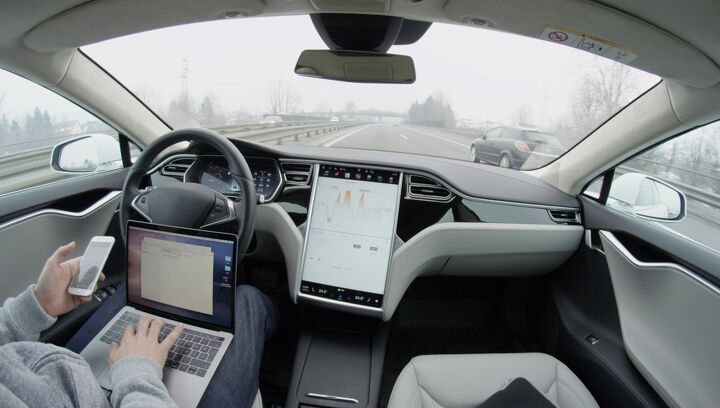
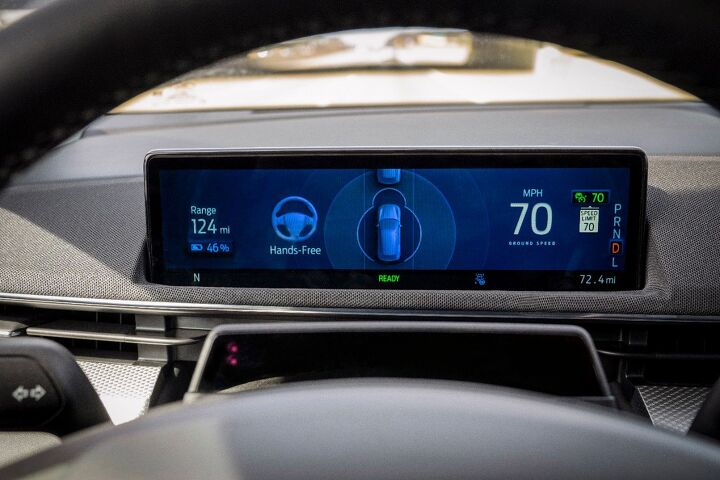





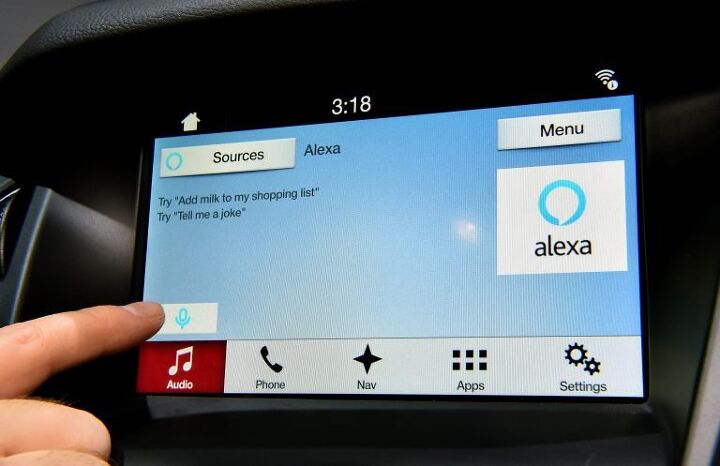


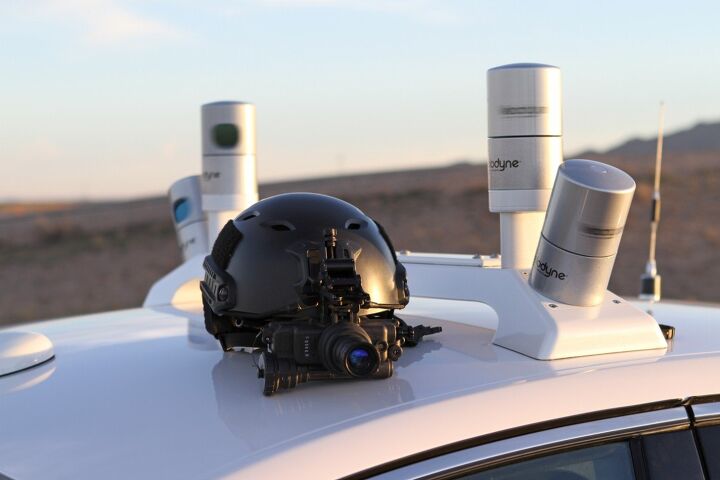
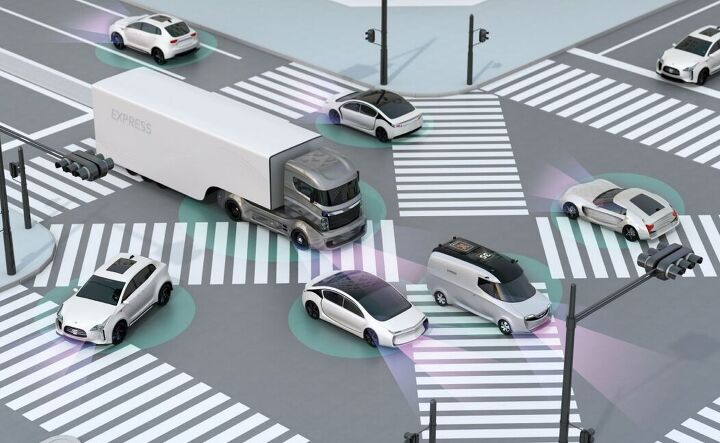


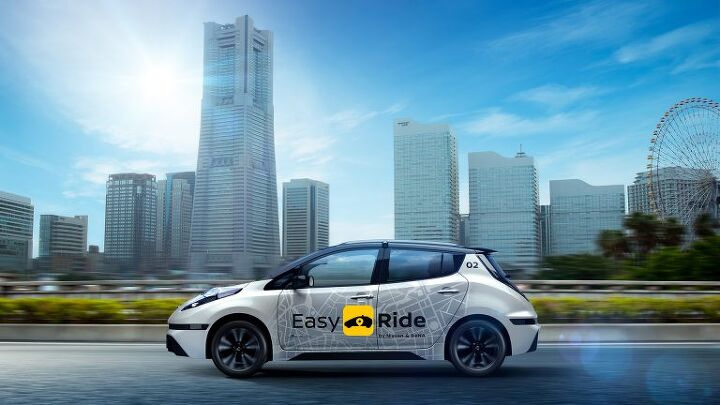












Recent Comments